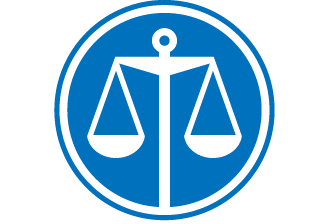What Does the Government Do About Child Porn?
Child pornography is an issue that the government does not take lightly—and as such, there are many laws against it. But first, let’s touch base on some history regarding child porn. In 1973, in the case of Miller v California, the court created a three-part test to determine whether an act was obscene. This case revolved around a Supreme Court case where a Californian publisher was publishing obscene materials.
The Miller Test is as follows:
1. Would the average person in the community find the work to be predominantly “prurient” in theme?
2. Does the work depict sexual conduct in a manner that is offense or illegal?
3. When the piece is taken as a whole, does it lack anything that would make it an art form—such as literary value, artistic value, political value or scientific value?
If the answer to any of these were yes, the depictions were decided to be obscene. There was a second key precedent, the New York v Ferber in 1982 case. This case is when the Supreme Court decided that child pornography is not a protected right under the First Amendment. The court reasoned such material was not protected because it has a direct line to the abuse of children.
From 1977 to 1986, congress created more and more laws that were against child pornography. In fact, the first legislation regarding child pornography was passed in 1977—The Protection of Children Against Sexual Exploitation Act, which made it a crime to use a minor who was not 16 years old or older in obscene depictions.
Later, this was toughened in 1984’s Child Protect Act, by omitting the obscenity requirement and raising the age of the minor to 18. In 1988, the technology of the eras had graduated from “new and nobody knows how to use them” to “people are collecting terrible things, what do the courts do”. The courts passed a statute that addressed these advancements with technology—the Child Protection and Obscenity Enforcement Act of 1988. This criminalized transporting, distributing, and receiving child pornography via computer. State laws later followed that addressed this issue, such as Osborne v Ohio in 1990.
From there, the laws only got tougher.
In 1996, CPPA or Child Pornography Prevention Act was passed. This was an act that raised the issue of morals, banning even “virtual” child porn where it was all animation, no real children were involved. Later the topic of—can young looking adults be used in films to portray teenagers came to light—and the courts decided that under CPPA, this could happen.
However, being accused of child pornography is no laughing matter. If you find yourself accused of child pornography, you’re going to want a criminal defense lawyer that deals in child pornography and doesn’t care whether you’re guilty or not—they’ll represent you either way. The lawyers at The Morales Law Firm care about their clients, not just about the verdicts. They’ll help you lessen your time, or help you prove your innocence.
